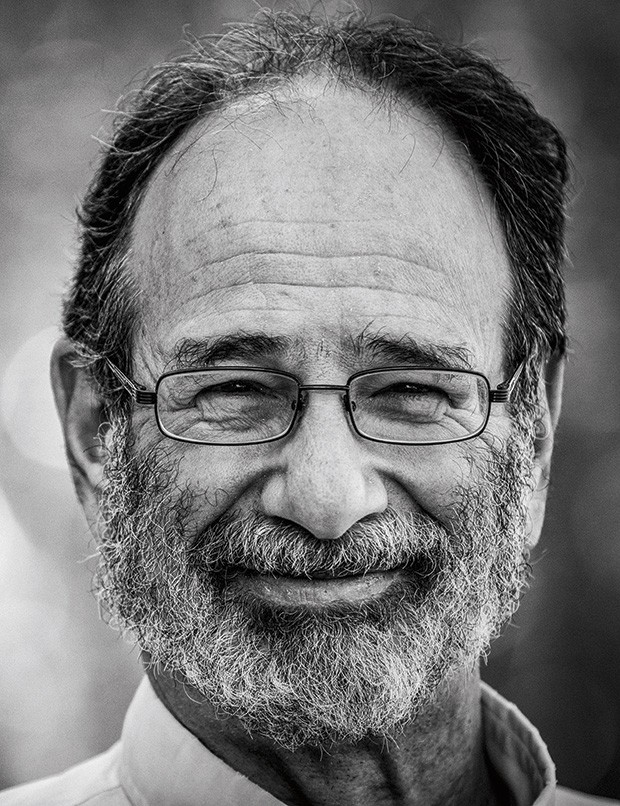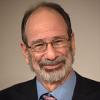How obscure science led to spectrum auctions that connected the world
BY PAUL MILGROM, 04/30/17 07:00 AM EDT
"The incentive auction I helped design is an innovation building on decades of economic theory research on auctions dating back to the Nobel-prize winning work of William Vickrey and to work by my own research advisor, Robert Wilson, in the 1960s with funding from the Atomic Energy Commission. What interest did this Cold War era agency have in theoretical auctions? Well, nothing, but they were highly interested in advancing the field of game theory – a then obscure branch of mathematics used in economics that aims to understand how individuals strategize and act in competitive situations.
Over more than 30 years, Wilson, I, and others continued to advance this seemingly esoteric field, until the FCC issued its first proposed rulemaking on developing a spectrum auction that referenced our work. Together with Preston McAfee, who had independently been developing similar ideas, we worked with the FCC to design the first spectrum auction in 1994. The simultaneous multiple round auction we invented has since been used for dozens of spectrum auctions here and around the world. Collectively, these have been called the greatest auction in history, delivering more than $60 billion for the federal government since the early 1990s and enabling the robust wireless communications we enjoy today.
In 2014, the three of us received a Golden Goose Award for our work in this obscure field of social science and its unexpected application to spectrum auctions. None of us envisioned such an auction when we began our study, we were driven by a curiosity in human behavior and markets, not data flying around the country. But the auctions we designed have nonetheless helped change the way we all communicate, consume media, and do our work.
The auction that closed last month was the first of its kind, both because it was two-sided, engaging both TV broadcasters as sellers and mobile operators as buyers, bidding in a single auction, and because the choices of which TV broadcast rights to buy and how to reassign continuing broadcasters needed to respect more than a million constraints to avoid interference among uses. Designing such a complex process brought together a new generation of researchers in both economic and computer science.
When the dust had settled, we were able to repurpose channels 38-51 from broadcast TV uses to free 70 megahertz of spectrum for the growing mobile broadband sector (plus 14 megahertz for wireless microphones). This will enable continuing innovation in broadband and bring better coverage to rural communities. The auction also raised nearly $20 billion in revenue, with more than $7 billion to federal coffers to be used for debt reduction.
Our work on auction design is just one example of how research that may sound obscure or even silly has often benefited society. The Golden Goose Award was founded five years ago to celebrate stories like ours, and it has recognized colleagues of mine like Al Roth whose studies of how to make perfect marriage matches now informs medical residency assignments and kidney exchanges, among many other researchers. In each case, a small investment of federal money returned huge benefits to our nation. And all led to outcomes the researchers never would have predicted when they started."

 Alvin Roth, 2012 Nobel Laureate in Economic Sciences and Professor of Economics, Stanford University
Alvin Roth, 2012 Nobel Laureate in Economic Sciences and Professor of Economics, Stanford University


